Using this incredibly easy recipe for homemade Pickling Spice, you can create your own spice mix that’s better than store bought in 5 minutes or less! Everyday ingredients like black peppercorns, mustard seeds, and red pepper flakes combine to make a delightfully spicy and sweet blend. Whether making cucumber pickles, brining meat, or flavoring soups and stews, this mix will never disappoint.
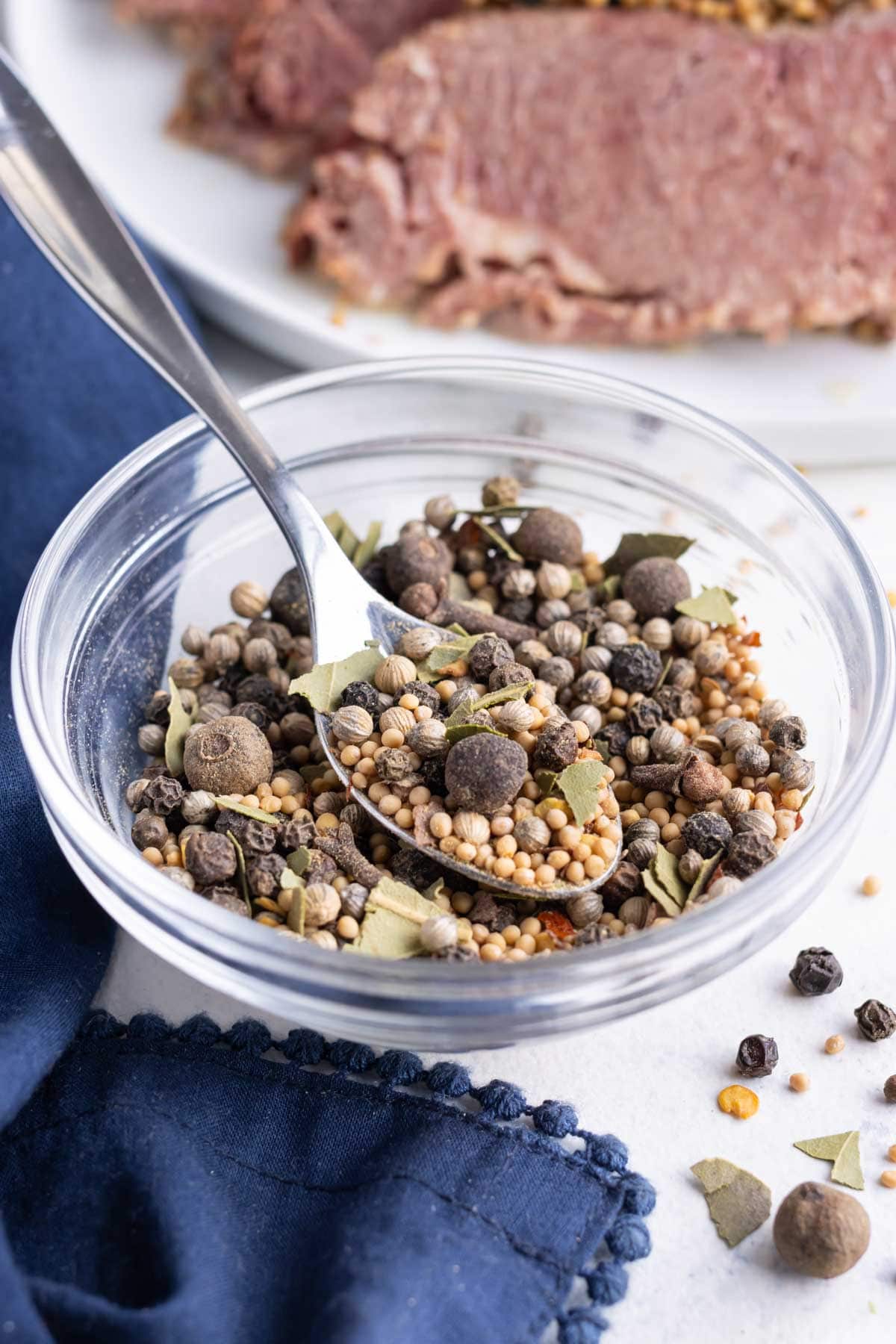
Table of Contents
In my house, we absolutely LOVE to make our own homemade pickles – there’s nothing at the grocery store that can beat that fresh, crunchy taste.
Luckily, my recipe for Refrigerator Dill Pickles is super easy, but I really wanted to find a Pickling Spice recipe that could help bring them to a whole new level!
What is Pickling Spice?
Pickling spice is an aromatic spice blend, usually made up of dried ingredients like peppercorns, pepper flakes, dried herbs, and various spice seeds. These are usually kept whole or coarsely ground, to help them release their flavors while standing up to being soaked in vinegar long term.
Most recipes and brands, including McCormick Mixed Pickling Spice, tend to follow the same rough lineup of ingredients to lend a spicy and sweet depth to homemade pickles.
Ingredients

- Black peppercorns. Of the black pepper varieties, whole tellicherry peppercorns are recommended. One of the more popular varieties, they bring a bright and almost sweet flavor with their peppery kick.
- Yellow mustard seeds. Lacking the zesty flavor of the condiment for which they’re known, whole yellow mustard seeds have a mellow, slightly bitter, spicy-sweet taste.
- Coriander seeds. Fresh coriander is known for its bold and floral flavor, but coriander seeds are significantly milder, bringing a warm, aromatic, vaguely sweet note of citrus.
- Allspice berries. Popular in Caribbean cuisine, allspice berries have a warm, slightly bitter combination of flavors similar to cloves, cinnamon, and nutmeg.
- Bay leaves. When infused in a liquid like broth or vinegar, bay leaves provide an aromatic, bitter flavor that serves mainly as a counter to other, bolder flavors.
- Red pepper flakes. While lacking in much flavor on their own, crushed red pepper flakes provide a simple, subtle heat.
- Whole cloves. Strongly aromatic, whole clove brings a very warm, mildly sweet flavor that plays well with other spices.
- Ground ginger. Slightly more mild than its fresh counterpart, ground ginger is very warm and spicy-sweet in flavor.
- Dill seed. Very fresh and herbal in taste, dill is entirely optional by default, but necessary for making dill pickles.
For the exact measurements and detailed instructions, please see the recipe card below.
How to Make Pickling Spice
Please see the recipe card below for the full instructions, ingredient amounts, and a printable recipe.
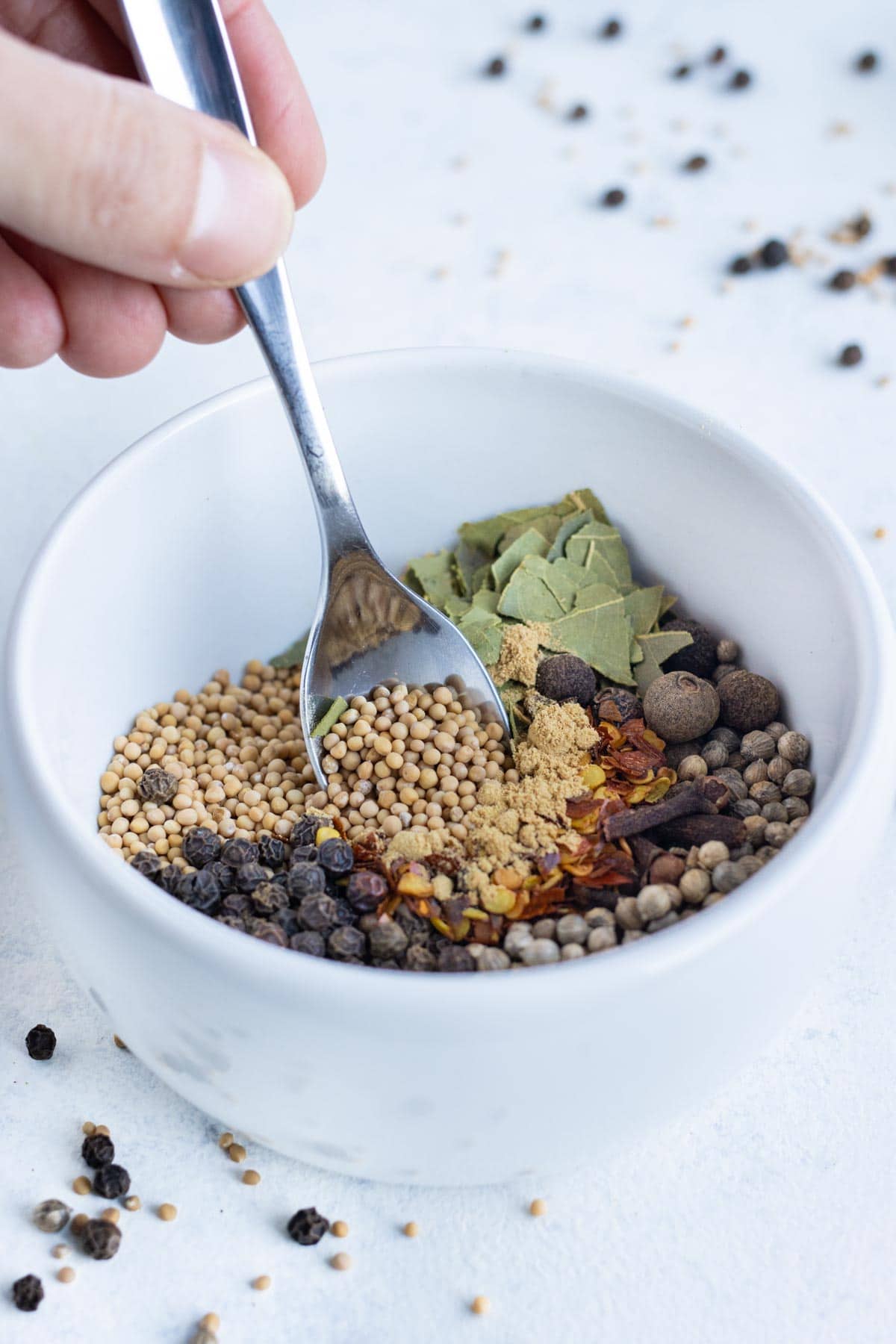
- Combine all ingredients. In a small bowl – or the glass jar intended for storing it – combine all ingredients except for the ground ginger, and mix well. Break the bay leaves into small pieces when adding, so they can combine with the rest. Add the half teaspoon of ground ginger last.
- Use or store. Use the pickling spice right away, or keep in a cool, dry place for up to a year.
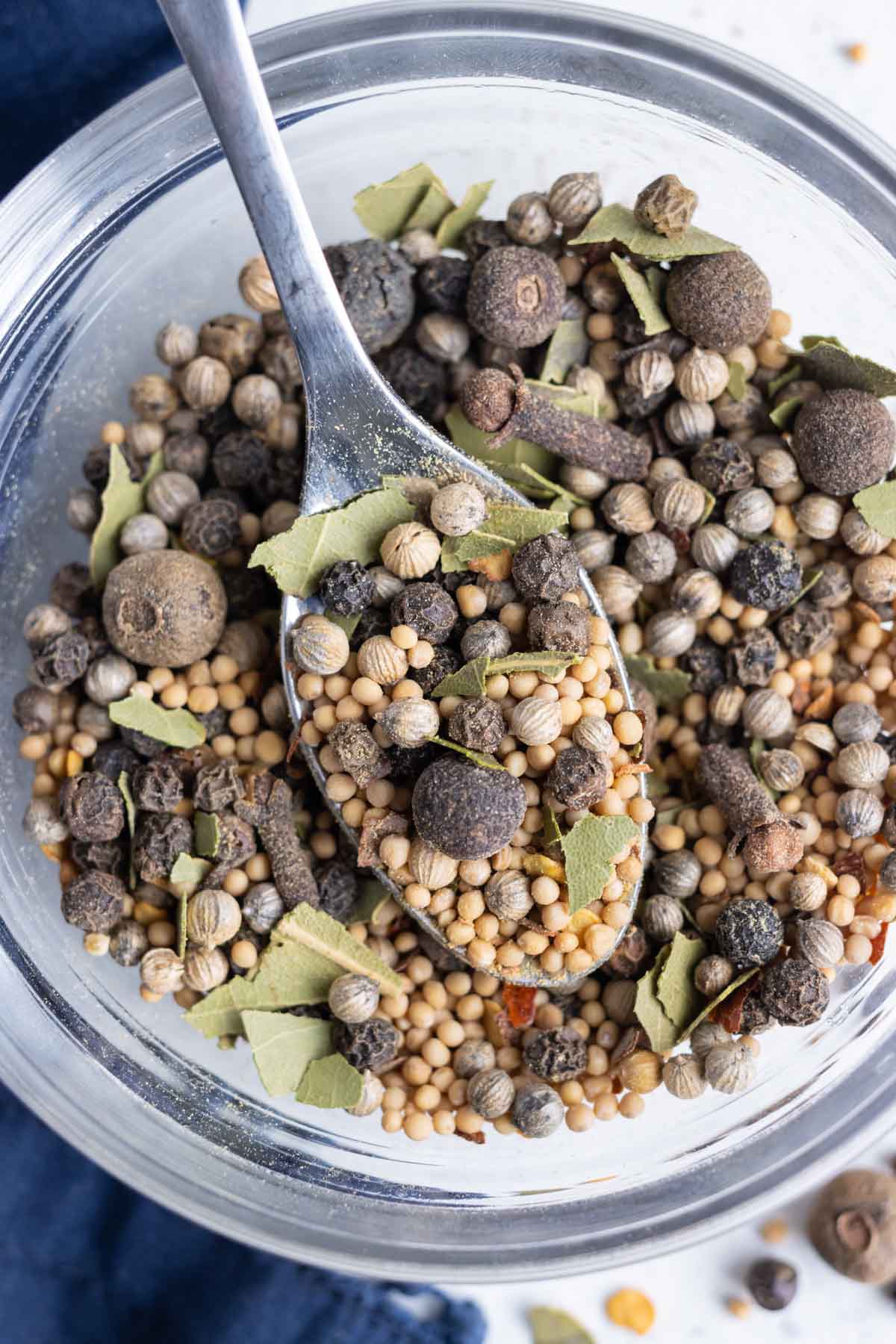
FAQs
The defining characteristic of pickle spice mix is whole or coarse spices. Any combination including the whole, main ingredients can be used as a substitute. This includes black peppercorns, mustard seeds, red pepper flakes, dill, and so on.
Pickling salt is made up of 100% sodium chloride without any other additives. That means it’s lacking in any artificial ingredients. Table salts often contain additives meant to prevent caking.
Use pickling spice in all sorts of dishes besides pickled cucumbers. You can pickle onions, green beans, and other vegetable medleys. They are excellent in soups, stews, and marinades for protein, too.
Traditional pickle spice is a great default option for pickling eggs. Many recipes call for the addition or substitution of fresh garlic, fresh dill, sliced onions, and other such ingredients, for a more savory blend. Beets and beet juice are often used as well, to give pickled eggs a bright pink color and a sweet, tangy flavor
While allspice berries are a common ingredient in spice mixes for pickles, they are their own individual spice which can come in either whole or ground form. The berries are very aromatic, with a flavor similar to cinnamon, cloves, and nutmeg. The ground powder is more concentrated, and better suited to tasks like baking.
Lots of the spices included in pickling spice have amazing antioxidant, anti-inflammatory, and metabolic properties, among other benefits. Pickled vegetables themselves are also devoid of carbohydrates, can be a great source of fiber, and have a high concentration of nutrients such as vitamin K, calcium, potassium, vitamin C, and more.
Store this spice mix in an airtight jar or container in a cool, dry place for up to one year. Before use, gently shake the jar to ensure the spices are still evenly mixed.

More Pickling Recipes
Pickling spice is an amazing blend that can add its warm, spicy flavors to all sorts of different dishes.
Tap stars to rate!
Homemade Pickling Spice Recipe

email this recipe!
Ingredients
- 2 tablespoons yellow mustard seeds
- 1 tablespoon black peppercorns
- 1 tablespoon coriander seeds
- 1 teaspoon allspice berries
- 4 bay leaves crushed
- 1 teaspoon red pepper flakes
- 4 whole cloves crushed
- ½ teaspoon ground ginger optional
- 1 tablespoon dill seed optional
Instructions
- Add ingredients to a small bowl or jar and mix until well combined.2 tablespoons yellow mustard seeds, 1 tablespoon black peppercorns, 1 tablespoon coriander seeds, 1 teaspoon allspice berries, 4 bay leaves, 1 teaspoon red pepper flakes, 4 whole cloves, ½ teaspoon ground ginger, 1 tablespoon dill seed
- Store in a cool, dry place for up to a year.
Tap stars to rate!
Notes
- Yield: This recipe yields 5 tablespoons of pickling spice.
- Storage: The spice mix can be stored in an airtight jar or container in a cool, dry place for up to one year. Before use, gently shake or tumble the jar to ensure the spices are still evenly mixed.
Nutrition
Nutrition information is automatically calculated, so should only be used as an approximation.
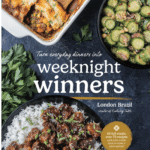
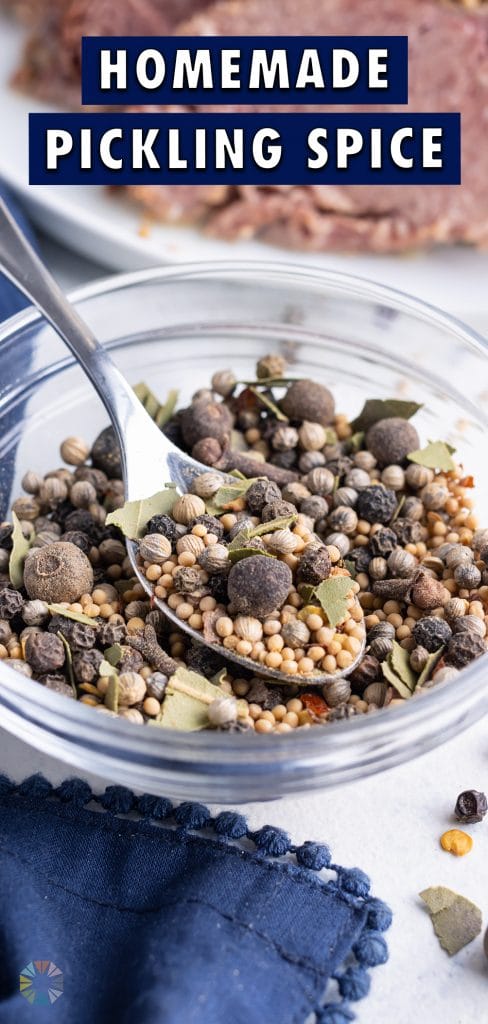
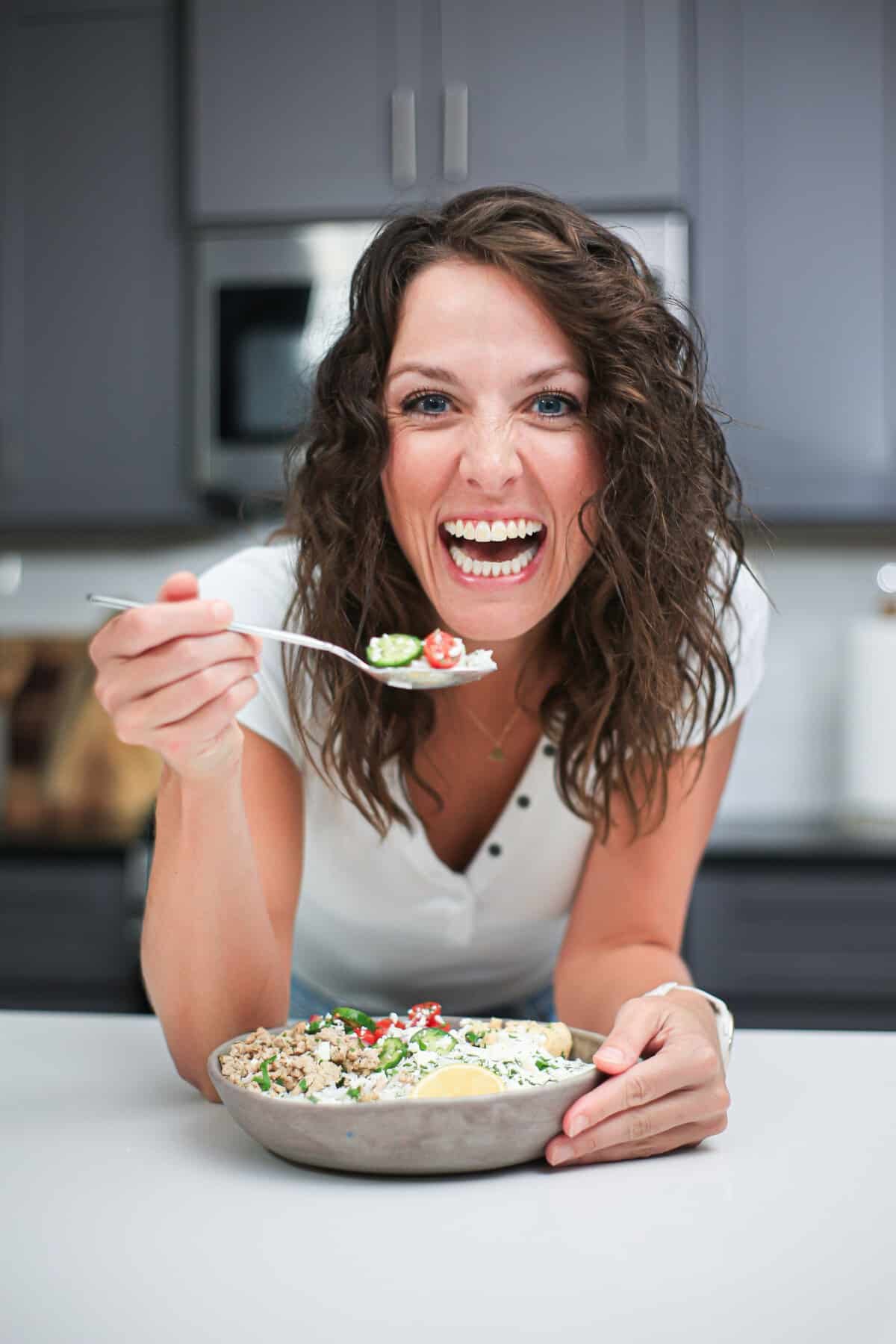
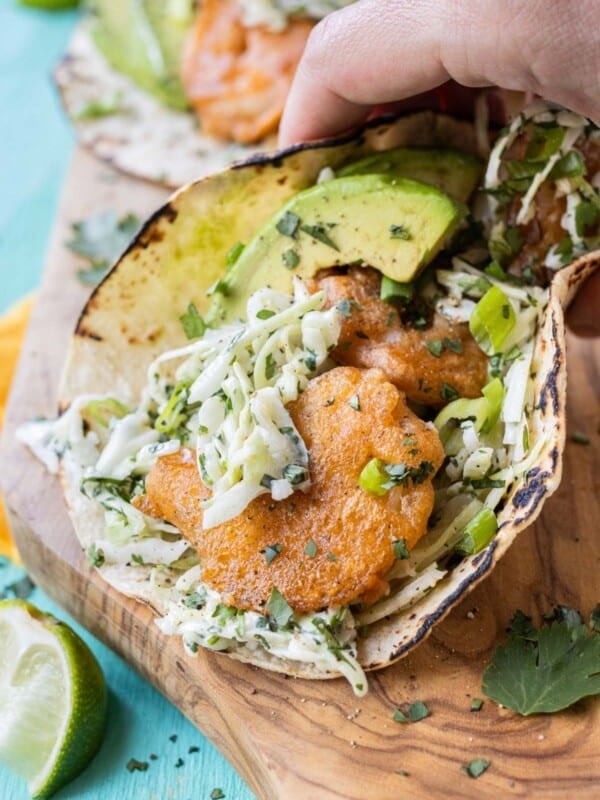
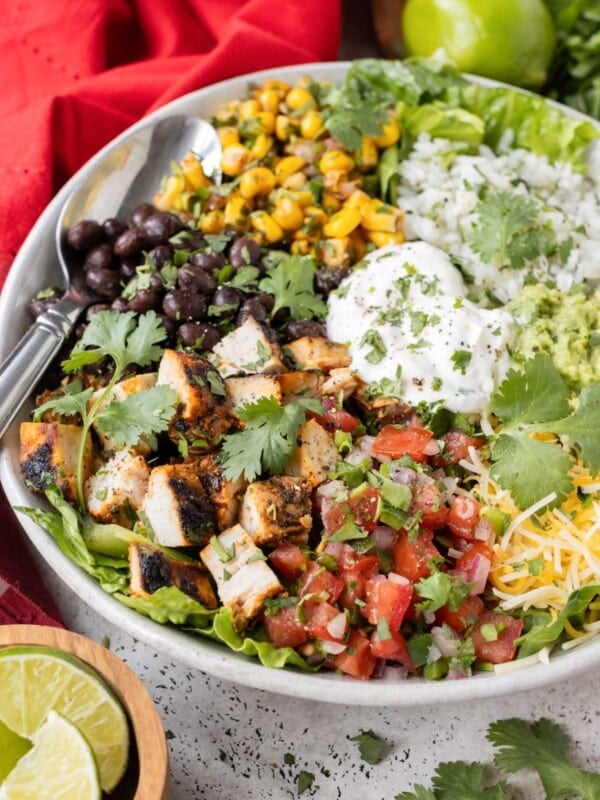
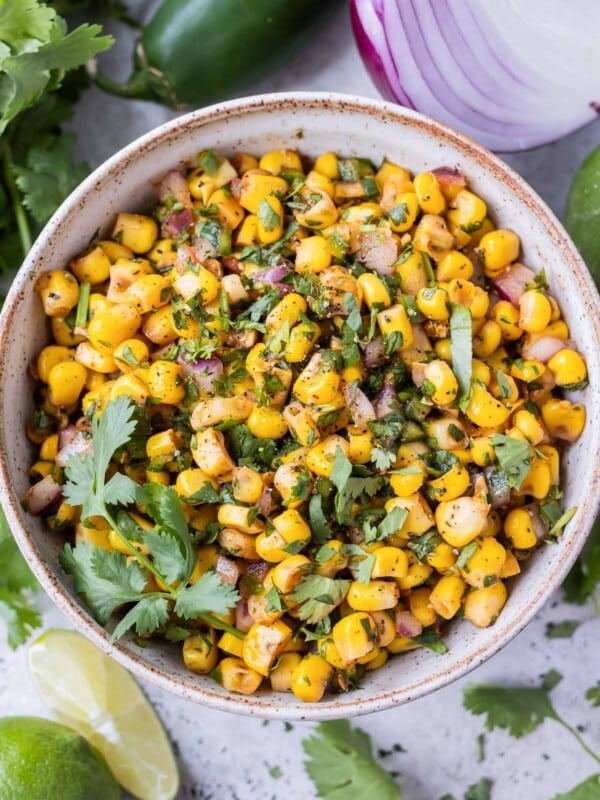
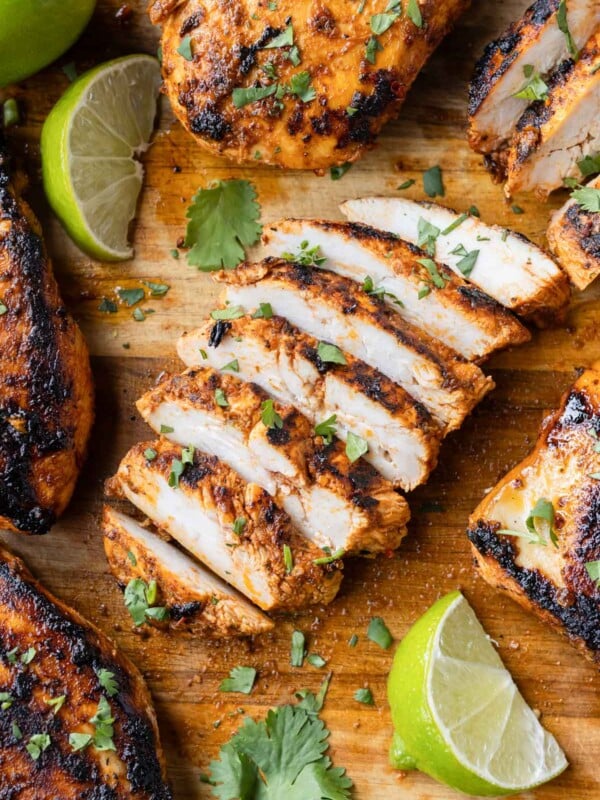









I have not tried it yet, but when my cukes are ready, the I will put your recipe to work. It will be a while yet, they are only 1″ long and very skinny. Thank you very much
I’m excited to hear how you like it!
The recipe sounds great, but what do I do with it? Boil water and vinegar?
Just use ice water for 5 hours,
Hi! You boil water and vinegar, then add the spice mixture to a jar with the sliced cucumbers. Then, pour the hot liquid over them. Here’s an easy recipe to follow:
https://www.evolvingtable.com/refrigerator-dill-pickles/
to how much vinegar? no salt?
The brine will have the salt in it. You can use 1-2 teaspoons of pickling spice per cup of brine. Check out one of the pickling posts for the brine recipe!